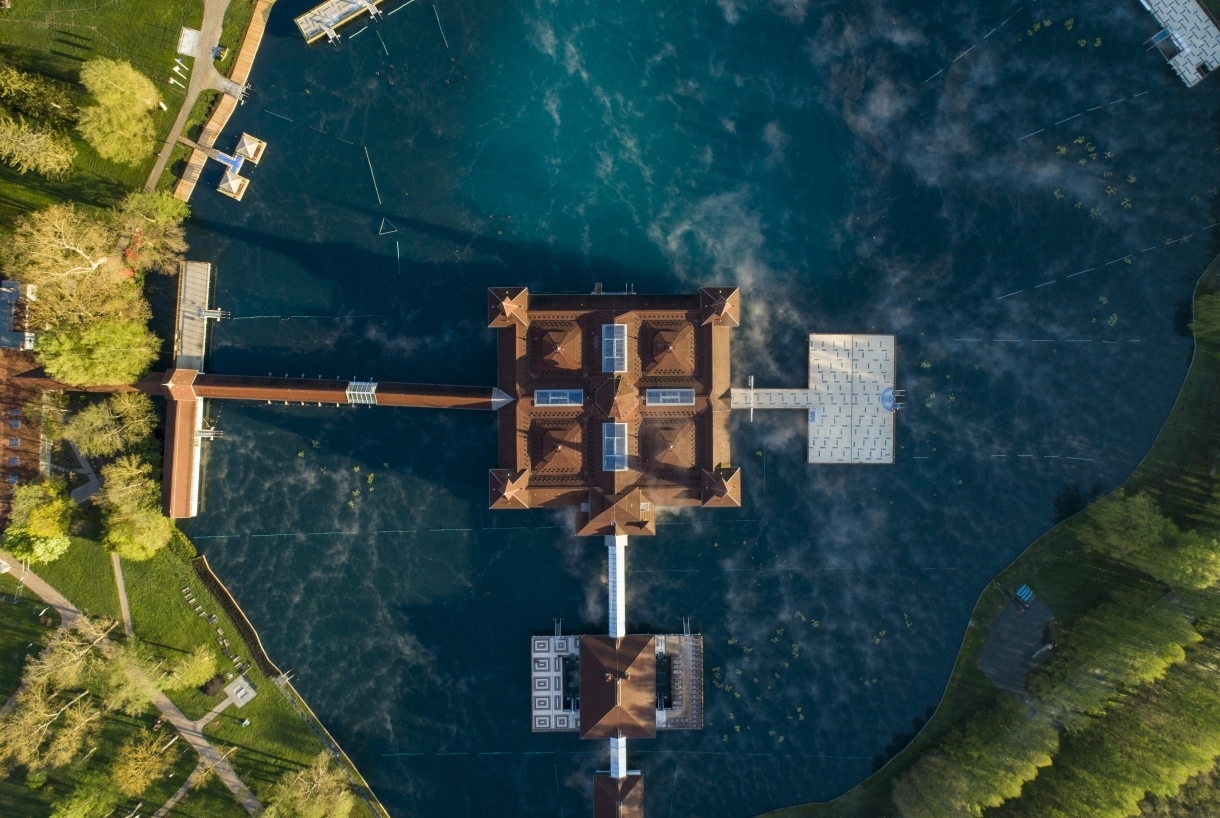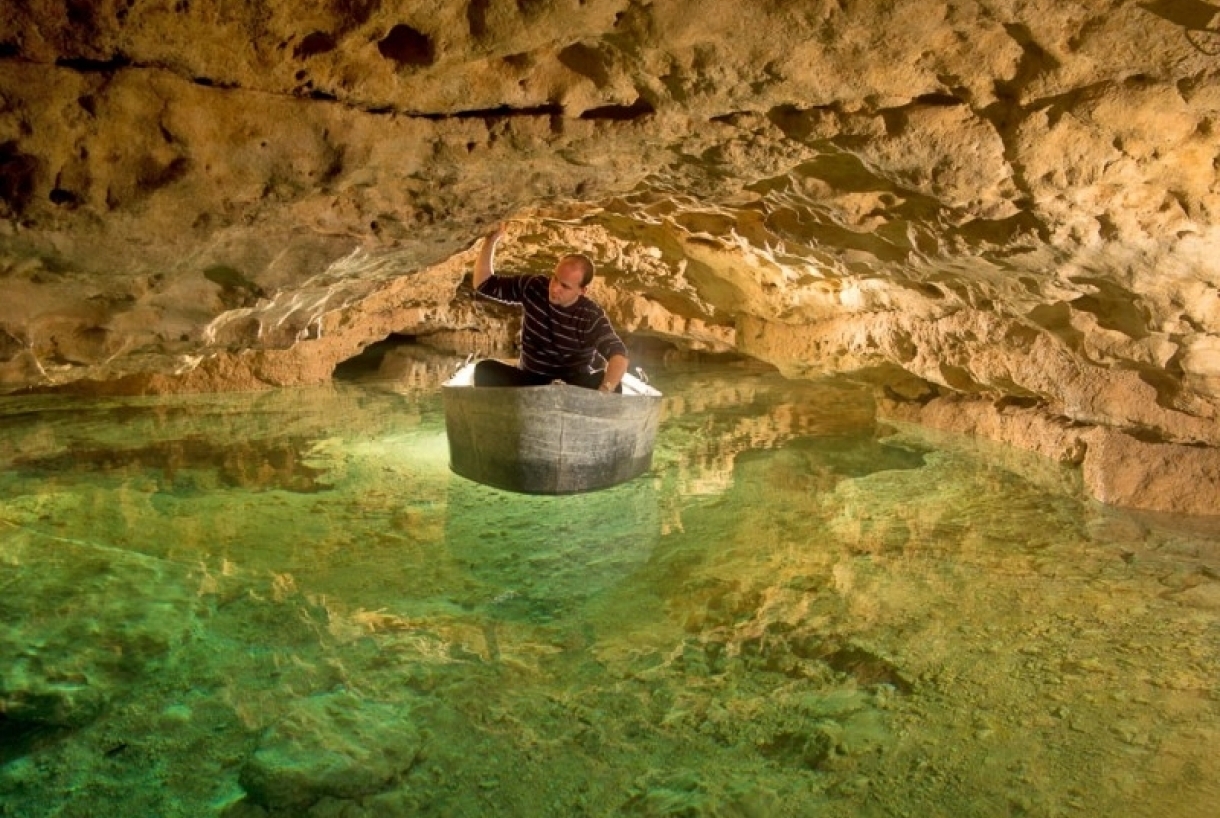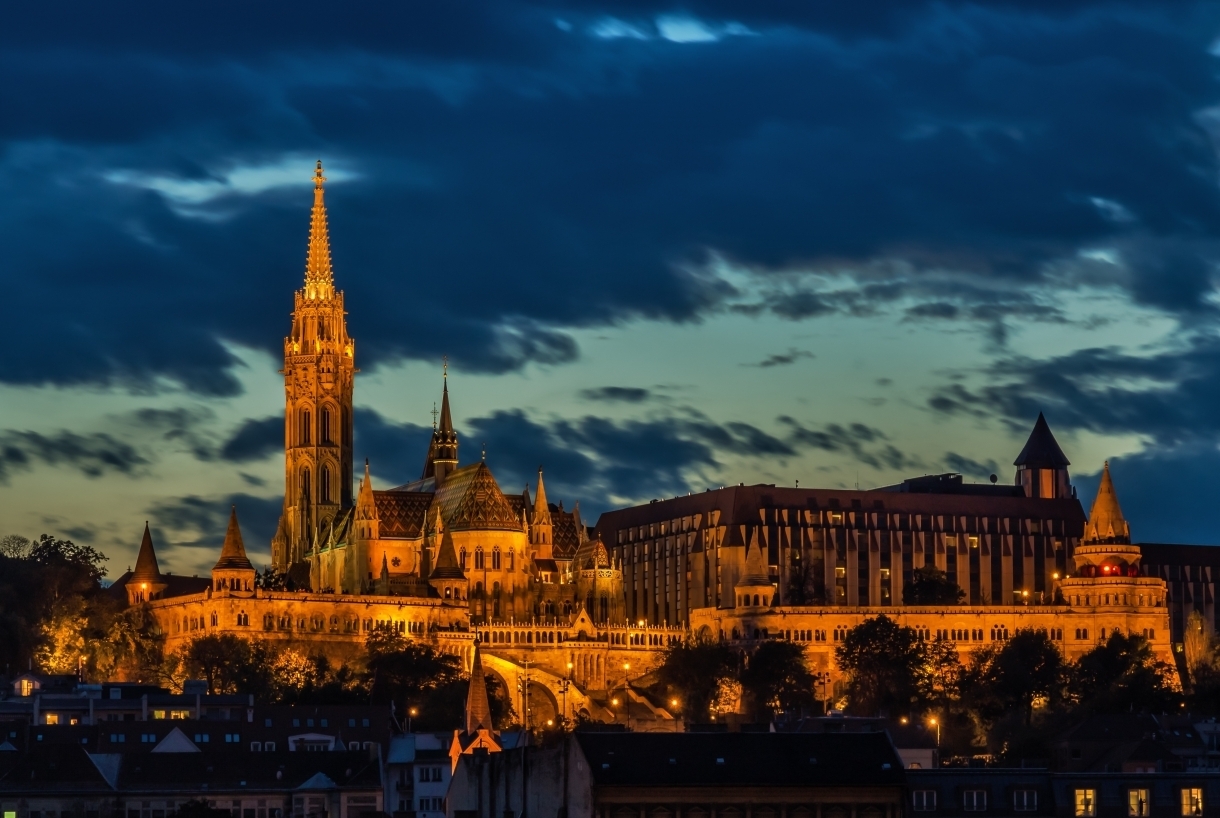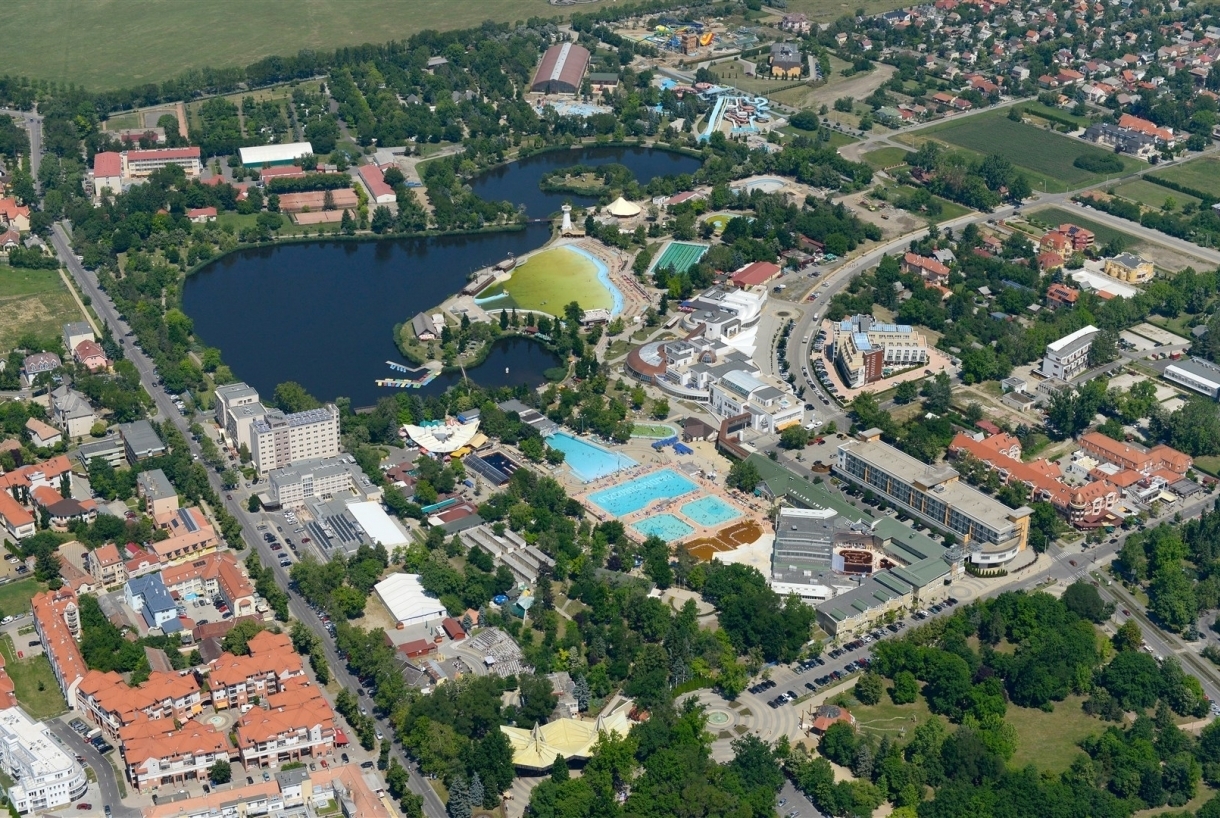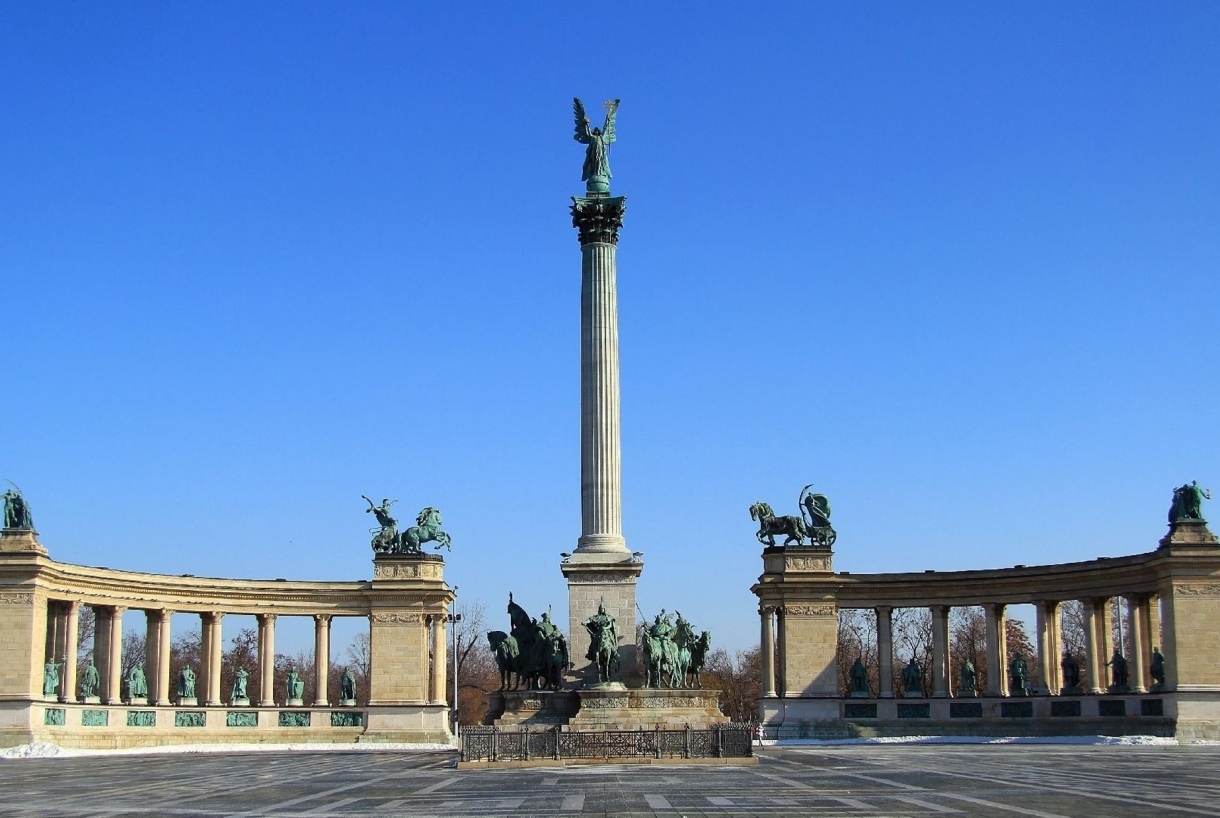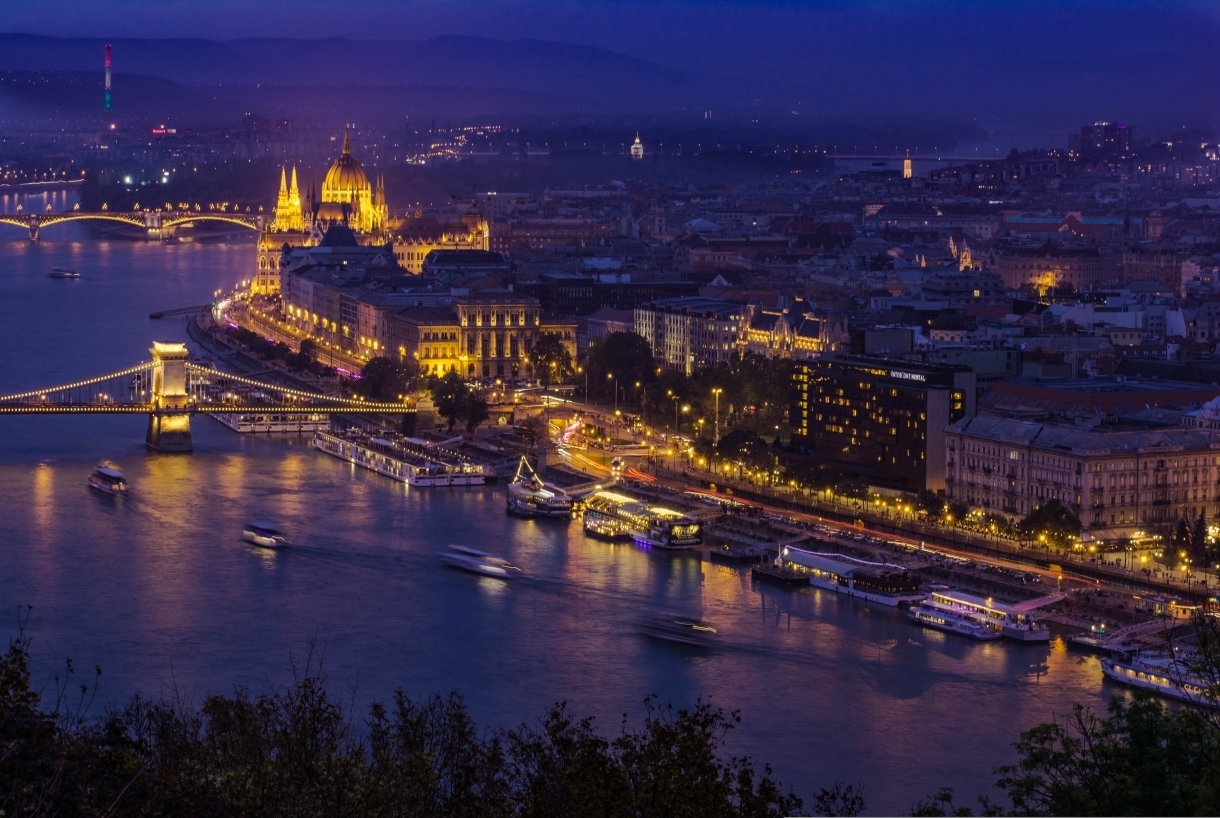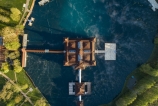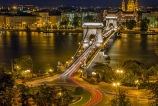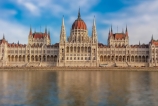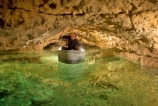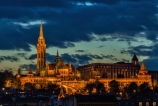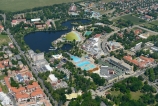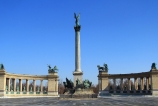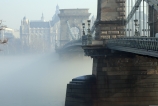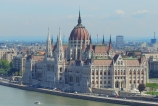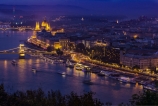Hungary, situated in Central Europe, stands at the crossroads of diverse European cultures, making it a melting pot of unique experiences. Covering an area of just 93,000 m2, Hungary is easily explorable, allowing you to traverse it within a few hours. Despite its compact size, the country boasts a rich variety of landscapes, featuring foothills, lakes, and rivers crisscrossing its terrain.
Budapest, the capital of Hungary, is a captivating city divided by the serene River Danube. On one side lies the tranquil, green hills of Buda, while on the other side, the vibrant cityscape of Pest beckons visitors. Budapest, a popular European destination, attracts numerous tourists.
Debrecen, the country's second-largest city, has gained popularity, particularly due to its own airport. Rural Hungary boasts charming towns and countless tiny villages that offer a glimpse into the traditional culture of the nation.
Hungary can be categorized into six geographic regions:
Alpokalja
The Little Hungarian Plain
The Transdanubian Mountains
The Transdanubian Hills
The North Hungarian Mountains
The Great Hungarian Plain
The most economically developed region is Western Transdanubia, and historic cities like Sopron and Kőszeg are well-known in the border region of Alpokalja.
The Small Hungarian Plain, bounded by the Danube and Rába rivers, is centered around the historic baroque town of Győr.
The region of the Balaton Uplands, part of the Transdanubian Hills, is renowned for its vineyards, natural beauty, and rural charm. The tradition of vine cultivation and wine production around Lake Balaton dates back to Roman times.
The central region of Hungary, with Budapest as its highlight, is the most popular and frequently visited part of the country.
Northern Hungary boasts many historically significant towns and fortresses and is celebrated for its unique grape varieties used in producing world-famous wines like Tokaj and Eger.
The Great Hungarian Plain, occupying more than half of the country's total area, remains the most traditional and unspoiled region, where agricultural and livestock practices are integral to everyday life. Observing grassland fauna, such as flocks of sheep and herds of grey cattle, is a remarkable experience in places like Hortobágy, near Debrecen.
Hungary's landscape is predominantly flat, with much of its territory lying below 200 meters (656 feet) above sea level. The highest point in Hungary is Kékes mountain (1014 meters / 3327 feet) in the Mátra range, offering hiking trails in summer and ski slopes in winter. The country is traversed by two major rivers, the Danube and the Tisza, providing excellent opportunities for sailing and shipping, while its numerous minor rivers and lakes offer exciting venues for watersports and boating.
Though landlocked, Hungary is famous for Lake Balaton, the largest lake in Central Europe, often referred to as the "Hungarian Sea." Lake Balaton is a popular year-round vacation destination, attracting bathers in summer and winter sports enthusiasts during colder months.
Being part of the Schengen Area, Hungary allows free and unrestricted travel without border controls for citizens of the member states among the 26 countries in the area.


